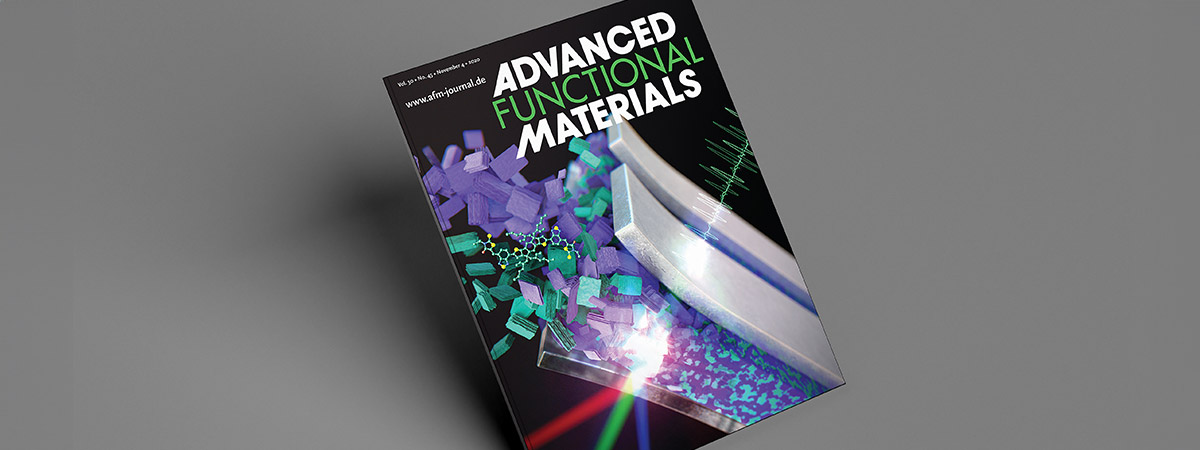Optogenetics and photonic technologies are changing the future of medicine. To implement light‐based therapies in the clinic, patient‐friendly devices that can deliver light inside the body while offering tunable properties and compatibility with soft tissues are needed.
An article by Jun Feng et al. published in Advanced Functional Materials is dedicated to this topic.
https://doi.org/10.1002/adfm.202004327
Abstract:
Optogenetics and photonic technologies are changing the future of medicine. To implement light‐based therapies in the clinic, patient‐friendly devices that can deliver light inside the body while offering tunable properties and compatibility with soft tissues are needed. Here extrusion printing of degradable, hydrogel‐based optical waveguides with optical losses as low as 0.1 dB cm−1 at visible wavelengths is described. Core‐only and core‐cladding fibers are printed at room temperature from polyethylene glycol (PEG)‐based and PEG/Pluronic precursors, and cured by in situ photopolymerization. The obtained waveguides are flexible, with mechanical properties tunable within a tissue‐compatible range. Degradation times are also tunable by adjusting the molar mass of the diacrylate gel precursors, which are synthesized by linking PEG diacrylate (PEGDA) with varying proportions of DL‐dithiothreitol (DTT). The printed waveguides are used to activate photochemical and optogenetic processes in close‐to‐physiological environments. Light‐triggered migration of cells in a photoresponsive 3D hydrogel and drug release from an optogenetically‐engineered living material by delivering light across >5 cm of muscle tissue are demonstrated. These results quantify the in vitro performance, and reflect the potential of the printed degradable fibers for in vivo and clinical applications.

